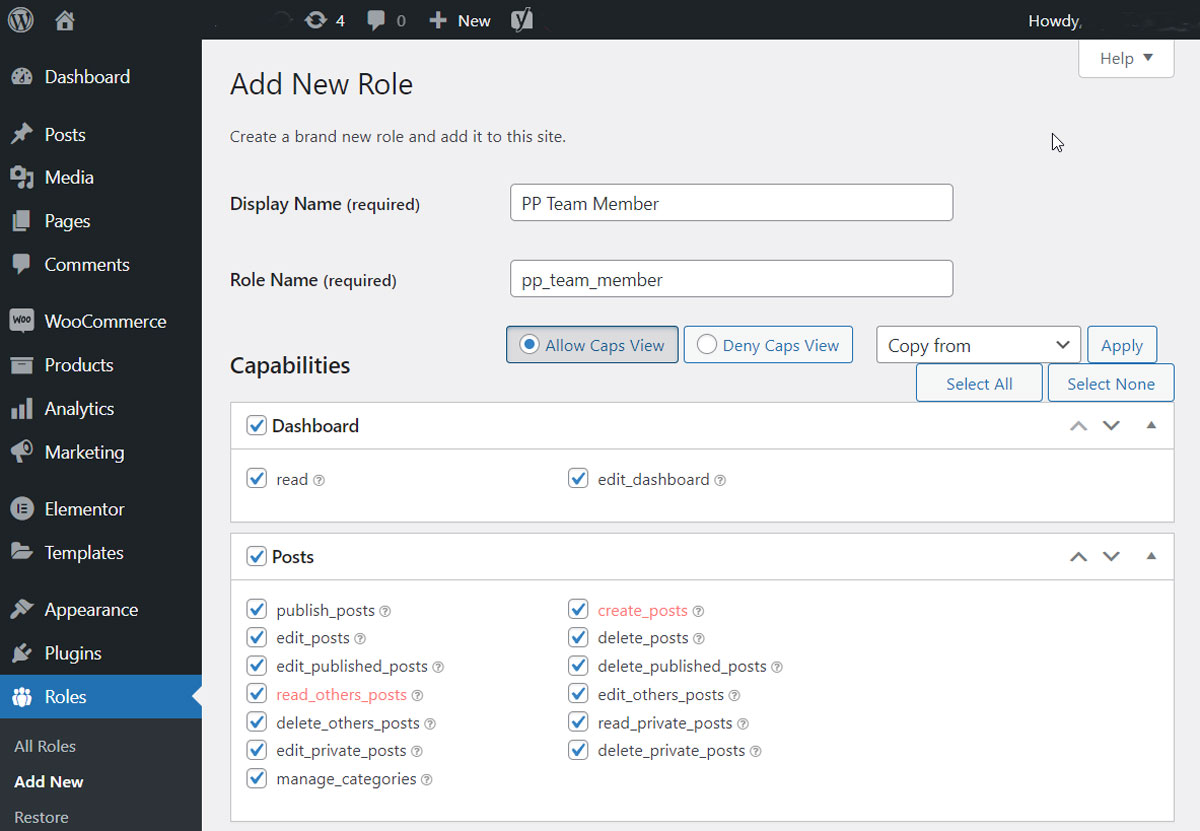WordPress is a popular content management system (CMS) used by millions of websites worldwide. Installing WordPress on your local computer allows you to test and develop your website before making it live on the internet. Here’s a step-by-step guide on how to do it.
Step 1: Download WordPress
The first step is to download the latest version of WordPress. You can download it for free from the official WordPress website. The downloaded file will be a compressed (.zip) file.
Step 2: Choose a Local Server Environment
To run WordPress on your local computer, you need a local server environment. There are several options available, including:
- Local by Flywheel: This is a free, one-click WordPress installer that works on both Windows and Mac.
- MAMP: This is another popular option that supports both macOS and Windows operating systems.
- WAMP: This is a free web development environment for Windows users.
- XAMPP: This is a free and open-source cross-platform web server solution stack package, consisting mainly of the Apache HTTP Server, MariaDB database, and interpreters for scripts written in the PHP and Perl programming languages.
Choose the one that suits your needs and download it.
Step 3: Install the Local Server Environment
After downloading the local server environment, install it on your computer. This will set up all the necessary components (like Apache, MySQL, and PHP) you need to run a website.
Step 4: Create a Database
Before you can install WordPress, you need to create a database. Most local server environments come with phpMyAdmin, a web-based interface for managing MySQL databases. Here’s how to create a database using phpMyAdmin:
- Open phpMyAdmin in your web browser.
- Click on the “Databases” tab at the top.
- Enter a name for your database in the “Create database” field.
- Click on the “Create” button.
Remember the name of the database as you’ll need it when installing WordPress.
Step 5: Install WordPress
Now that you have a database, you can install WordPress. Here’s how:
- Extract the WordPress files you downloaded earlier into a new folder under the htdocs (or similar) folder of your server environment.
- Rename the
wp-config-sample.phpfile towp-config.phpand open it in a text editor. - Find the following lines in the
wp-config.phpfile:
define('DB_NAME', 'database_name_here');
define('DB_USER', 'username_here');
define('DB_PASSWORD', 'password_here');
Replace 'database_name_here', 'username_here', and 'password_here' with the name of your database, your MySQL username, and password. For most local server environments, the username is ‘root’ and the password is either ‘root’ or blank.
- Save the
wp-config.phpfile and close the text editor. - Open your web browser and go to
http://localhost/your_wordpress_folder/wp-admin/install.php. Replace'your_wordpress_folder'with the name of the folder where you extracted the WordPress files. - Follow the instructions on the screen to install WordPress.
Congratulations! You have successfully installed WordPress on your local computer. You can now start developing your website.
Remember, installing WordPress locally is mainly for development purposes. When you’re ready to make your website live, you’ll need to move it to a web host. But that’s a topic for another day.


